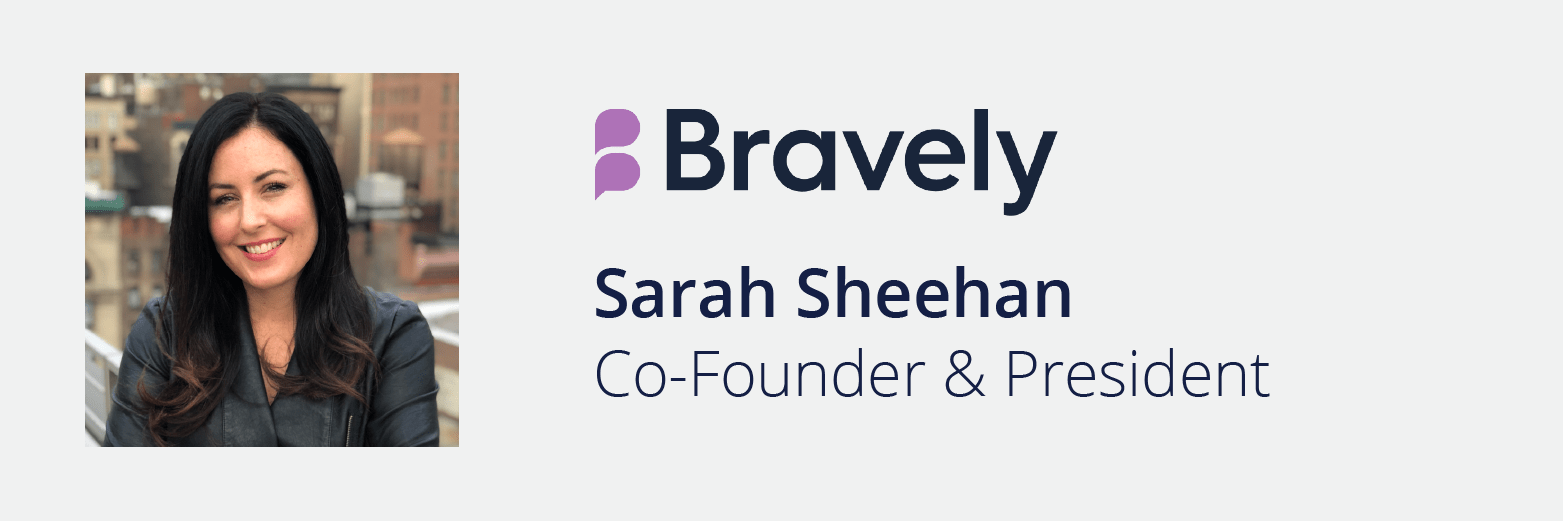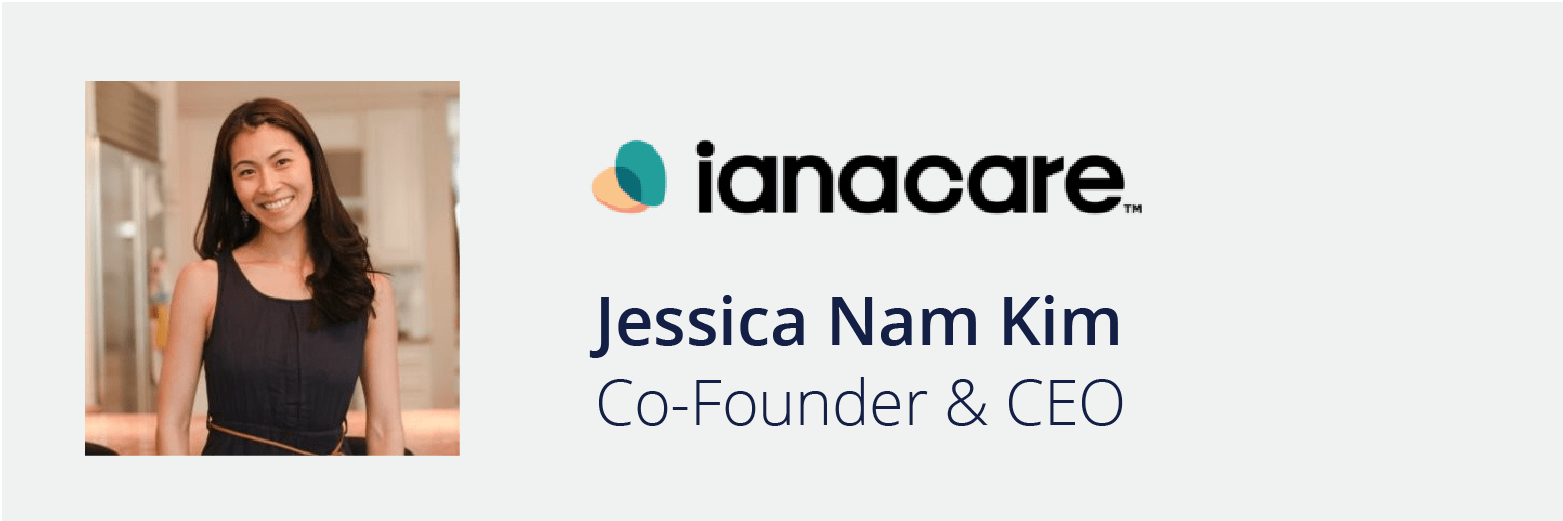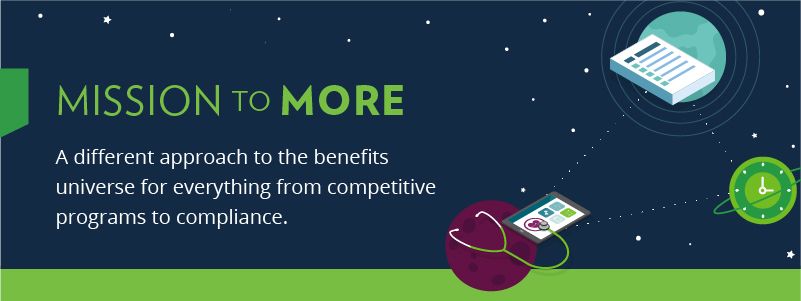Blog
Point Solutions for 2023: Addressing Employee Benefits Trends
Point solutions expand possibilities in areas unmet by traditional carrier benefits. The key becomes finding the right solution to address the evolving needs of your workforce.
Point solutions expand possibilities in areas unmet by traditional carrier benefits. The key becomes finding the right solution to address the evolving needs of your workforce. The number of employee benefits point solutions has grown rapidly in recent years with an increased focus on mental health and well-being as employees struggle to maintain a healthy work-life balance.
Point solution offerings will continue to shift as the benefits landscape changes, giving employers more options to find the right fit for their program.
In our recent webinar, What’s Next in Benefits: Emerging Solutions for the Workplace, Woodruff Sawyer partnered with Dave Kerrigan, CEO of BenefitPitch, to interview four point solutions founders and CEOs who are driving new ways to innovate in the benefits space. Read on in the recap below to learn about their ideas for boosting your employee benefits program in 2023 and beyond.
| At-a-Glance Read time: 8 minutes |
||
|---|---|---|
Famlee: Revolutionizing the Approach to Fertility Treatment Options
Speaker: Shelley Bailey, founder and CEO, Famlee

How it's different: Famlee’s mission is to help members become pregnant with proven step-therapy clinical treatment solutions that prevent the need for more costly therapies such as in vitro fertilization (IVF). It offers nationwide treatment that combines at-home labs with fertility telehealth and Rx delivery.
| Famlee founder Shelley Bailey said that revolutionizing the approach to fertility treatment options means going beyond the fractured healthcare system to introduce a seamless experience of convenient testing, fertility telehealth, and treatment—all from the comfort of home. |
How does Famlee fit within a current fertility benefit offering, and how does it work if a fertility benefit is not yet offered?
For employers already offering fertility support, Famlee can help prevent the need for IVF.
"Employers that already provide existing fertility benefits should expect to save at least $65,000 a year, working with Famlee before their other fertility benefits kick in," Bailey said.
For small employers and those that aren’t offering additional comprehensive fertility benefits, Famlee provides a standalone solution that’s very easy to work with, Bailey said.
What organizations are the right fit for this point solution?
Famlee is flexible in the organizations it works with, noting that many small- to mid-size employers may otherwise have limited access to fertility solutions. “Larger employers can receive more immediate savings, while for smaller employers, we're an affordable solution for them to get started,” Bailey said.
Sesh: Offering Uncapped, Same-Day Therapy Access
Speaker: Vittoria “Tori” Lecomte, founder and CEO, Sesh

How it’s different: Therapist-led support groups from Sesh provide same-day global access to sessions addressing isolation and loneliness—the top reasons employees seek professional support.
According to the National Institute of Mental Health, one in five adults in the US struggles with their mental health, yet employee assistance programs (EAPs) only see a 4% utilization rate. Barriers to seeing a therapist, such as wait times and the negative connotation of seeking therapy, keep employees away from the very resources intended to help their mental health.
With a 14% utilization rate, the Sesh digital platform provides a clinically proven group support model to help employees lower their levels of anxiety, depression, and loneliness. Sesh offers same-day therapist support with the additional clinical benefit of authentic, culturally relevant, empathetic interactions with others in their shoes.
| "If you're not necessarily someone who's going to go to one-to-one therapy because you feel like it's therapy with a big T—Sesh is kind of therapy with a little t. We don't present as white coat and clinical as going into a 1:1 therapy," Lecomte said. |
"At this point, we see over 25% of employees engage with Sesh, which is a tremendous statistic that we’re excited keeps increasing.”
Why is group therapy an effective option and can this be offered alongside a 1:1 therapy option?
Immediacy is often critical when it comes to therapy, and group therapy allows people to see a therapist faster. Plus, the group format allows people to connect with others with similar experiences.
"You're capitalizing on the empathy of the other people in that group with shared lived experiences that can help you feel less isolated and less alone," Lecomte said.
Sesh offers dedicated sessions for members of LGBTQIA+, Black, American Asian Pacific Islanders (AAPI), and other marginalized communities to bridge the gap that can make these employees less likely to access the support they need.
What organizations are the right fit for this point solution?
Sesh supports both large and small organizations with diverse workforces. “We support organizations as large as 50,000 employees, but also those who are in the 25 range, too,” said Lecomte.
Bravely: Improving Employee Success and Retention Through Personalized Support
Speaker: Sarah Sheehan, co-founder and president, Bravely

How it’s different: Bravely is a training and coaching platform that provides employees at all levels of the company with on-demand, personalized development and support.
Benefit and Human Resource directors have long focused on the importance of employee engagement and support. Yet, many traditional training programs fail at the critical need to support employees in both developing and applying the skills they need on the job. As a result, studies show that employees forget 90% of their training within a week.
Bravely helps organizations meet this challenge with a learning platform that incorporates weekly activities, accountability exercises, and personalized support.
| Sheehan said Bravely “has been a secret weapon inside our client organizations. It's resulted in 92% of people reporting that they learned a new skill in just one coaching session.” |
How important is it for organizations to look at how coaching and learning impact performance, engagement, and other areas of the workplace?
Program utilization and satisfaction are always going to be important, but Bravely provides more than that.
"We're going deeper and reporting back on the session topics, and those can be tied to employee demographics. We have a data-science and reporting team that go deep to highlight the organizational trends and the emergent needs that we're seeing," Sheehan said. "Organizations can also overlay their own data, like engagement performance, with Bravely data, and that has a whole other layer of impact on how they can think about their own action plan going forward."
What organizations are the right fit for this point solution?
Bravely supports organizations from small businesses to enterprise level. “We have a lot of enterprise clients looking to scale things more affordably,” said Sheehan. “But our sweet spot is often small to mid-market, where they maybe don't have a lot of resources and are looking to plug in things like coaching and training.”
ianacare: Helping Home Caregivers Navigate Their Many Responsibilities
Speaker: Jessica Nam Kim, co-founder and CEO, ianacare
How it’s different: ianacare offers solutions designed to save your employee caregivers time, money, and stress. It helps navigate all stages of working family caregiving, connecting every layer of practical and emotional support in an easy-to-use experience.
Many of today’s employees face challenges in balancing child raising, career building, and caring for aging parents and other loved ones. Before the pandemic, 20% of employees served in a caregiving role at home. However, by November 2022, about 56% of employees had care responsibilities outside of their full-time jobs.
| Many people may not know they need a caregiving solution until they're in it. "It's not an if, but it's when your employees are thrust into situations they did not choose," Kim said. |
Historically, caregiving has been used to describe childcare and/or eldercare benefits. How has that broadened and how is caregiving defined now?
“We define caregiving across all ages, all conditions, all care situations, from parents of new babies to caring for a spouse with cancer to caring for your aging parent with dementia,” Kim said. “And in all of these situations what people need is one clear place to go as the care multiplies, evolves, and often overlaps...We are the front door to navigating all the care in the home.”
What organizations are the right fit for this point solution?
The key factor is an organization that wants to build a culture of care. “That partnership is key to giving us access to promote the work with Employee Resources Groups,” Kim said. She also noted she sees great success with companies that have 250 or more employees.
How to Navigate the New Benefits Landscape
The growing landscape of point solutions is all about meeting employees where they are and customizing the employee experience. Working with the right broker can help you navigate the most desired employee benefits to find the right solutions for your organization. Watch the full webinar above to learn more about the emerging trends that affect your employees’ choice of benefits, and reach out to your Woodruff Sawyer employee benefits consultant to find innovative ways to serve your employees.
Our Mission to More series offers guidance from leading specialists on what employees want and how employers can adapt to the new benefits universe. For more guidance on trends and emerging benefits solutions, sign up for Woodruff Sawyer’s Benefits newsletter, which includes all Mission to More articles.
Table of Contents











